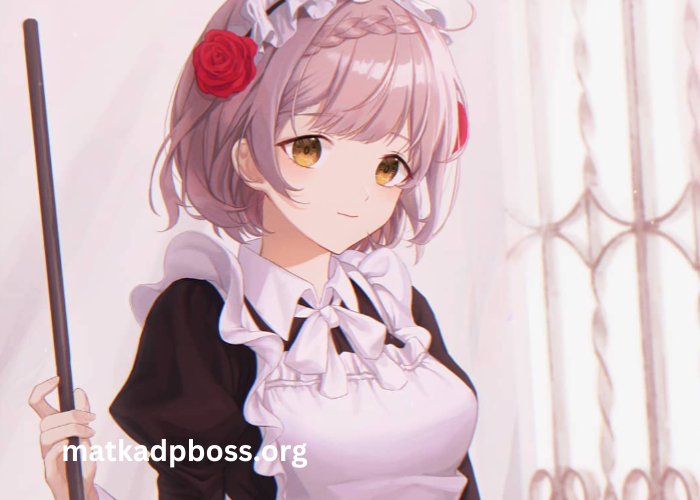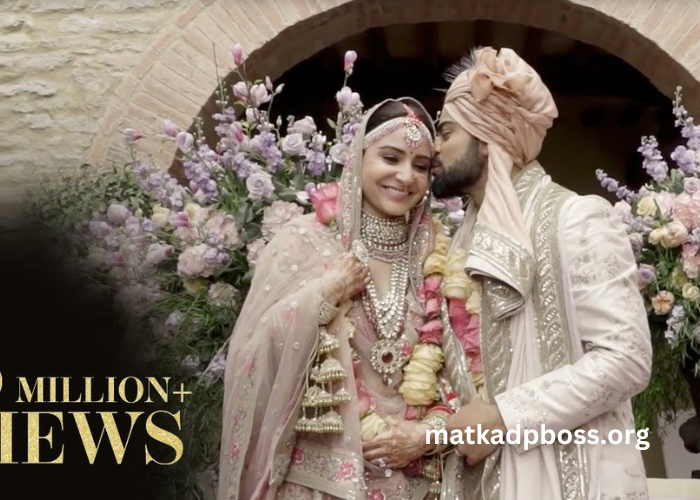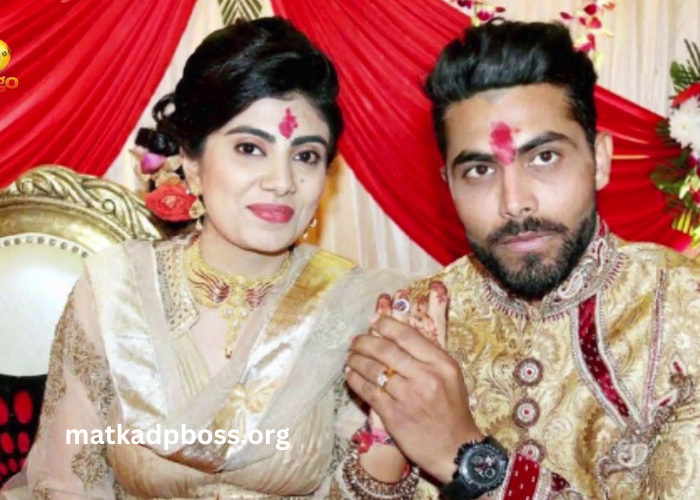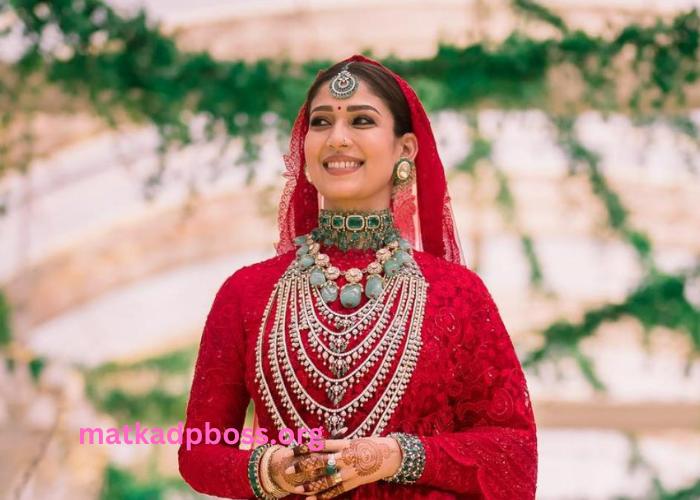Anime has become a global phenomenon, captivating audiences with its unique art style and engaging narratives. Central to this appeal is the art of drawing, which allows artists to breathe life into characters and worlds that resonate with fans.Anime:5roebwgm_rk= Drawing encompasses various techniques, styles, and practices that contribute to the enchanting visuals we see in anime series and films.
In this article, we will explore the nuances ofanime:5roebwgm_rk= Drawing, from foundational skills and tools to advanced techniques and the influence of technology. We will also delve into the cultural significance of anime art, the role of fan art in the community, and tips for aspiring artists looking to refine their skills. Whether you’re an experienced artist or just starting your journey, this comprehensive guide will provide insights and inspiration to elevate your anime drawing endeavors.
What Are the Basics of Anime Drawing?
To embark on the journey ofanime:5roebwgm_rk= Drawing, understanding the basics is crucial. This includes grasping fundamental concepts such as anatomy, proportions, and perspective. Anime art often features stylized characters with exaggerated features, which can be both fun and challenging to depict accurately.
One of the first steps in mastering anime drawing is to study human anatomy. Even though anime characters may not adhere to realistic proportions, having a foundational understanding of how the human body works can greatly enhance your ability to create dynamic poses and expressions. Artists often break down the human figure into simple shapes, which helps in constructing the overall form before adding details.
Proportions play a vital role in creating believable characters. In anime, characters may have large heads, small bodies, and oversized eyes, creating a unique aesthetic that sets it apart from other styles. Understanding how to manipulate these proportions while still maintaining a sense of balance is essential.
Perspective is another critical component ofanime:5roebwgm_rk= Drawing. It allows artists to create depth and dimension in their artwork. By studying one-point and two-point perspective, artists can learn how to position characters and objects within a scene effectively, making them appear more lifelike.
What Tools and Materials Are Needed for Anime Drawing?
When it comes toanime:5roebwgm_rk= Drawing, having the right tools can make a significant difference in the quality of your artwork. While traditional materials such as pencils, pens, and paper are essential, digital tools have become increasingly popular among artists.
For traditional drawing, a good quality sketchbook, mechanical pencils, and fine-tipped ink pens are vital. A blending stump can help achieve smooth shading, while colored pencils or markers can add vibrancy to your creations. Investing in high-quality paper can also enhance the final outcome, as different types of paper can affect how mediums interact with the surface.
On the digital front, many artists prefer using graphic tablets paired with software like Adobe Photoshop, Clip Studio Paint, or Procreate. These tools offer versatility and convenience, allowing for easy corrections, layers, and a wide array of brushes and effects. The choice between traditional and digital mediums often comes down to personal preference, but both can yield stunning results.
Additionally, online resources, such as tutorials and reference websites, can provide valuable guidance for those looking to improve their skills. Many artists share their techniques and tips on platforms like YouTube, making it easier for beginners to learn and experiment.
How to Develop Your Style in Anime Drawing?
Finding a unique style is an important aspect ofanime:5roebwgm_rk= Drawing. While it can be tempting to imitate well-known artists, developing your personal style allows your artwork to stand out and reflects your individuality.
A good starting point is to analyze various anime art styles. Explore different genres, from shonen and shojo to horror and slice-of-life. Pay attention to character designs, color palettes, and line work. This analysis will help you identify what resonates with you and what elements you might want to incorporate into your style.
Practice is key in developing a distinctive style. Experiment with different techniques and mediums to discover what feels comfortable and enjoyable. Keep a sketchbook to document your progress and ideas; over time, you’ll begin to see patterns that define your artistic voice.
Another effective way to develop your style is to participate in art challenges. These prompts can push you out of your comfort zone and encourage you to explore new concepts. Engaging with the artistic community through social media platforms can also provide inspiration and feedback.
What Techniques Enhance Anime Drawing Skills?
To excel inanime:5roebwgm_rk= Drawing, various techniques can enhance your skills and elevate your artwork. Mastering these techniques can lead to more polished and professional-looking pieces.
One essential technique is line work. The way you apply lines can drastically affect the overall appearance of your drawing. Practicing different line weights and styles can add depth and personality to your characters. Using varied pressure on your pencil or pen can create dynamic lines that convey movement and emotion.
Shading is another critical aspect of anime drawing. While many anime styles utilize cel shading, which features stark contrasts, others employ soft shading for a more realistic look. Experimenting with different shading methods can enhance your understanding of light and shadow, making your characters appear more three-dimensional.
Color theory also plays a significant role in creating compelling artwork. Understanding how colors interact can help you select palettes that evoke specific emotions or atmospheres. Utilize color gradients and complementary colors to bring your drawings to life.
Additionally, incorporating backgrounds can greatly enhance your illustrations. Learning to draw backgrounds that complement your characters can create a more immersive experience for viewers. Study perspective and environmental details to make your scenes believable and engaging.
How Do Cultural Influences Impact Anime Drawing?
The art ofanime:5roebwgm_rk= Drawing is deeply intertwined with Japanese culture and aesthetics. Understanding these cultural influences can enrich your artwork and provide context for the themes you choose to explore.
Many anime styles draw inspiration from traditional Japanese art forms, such as ukiyo-e, which features flat colors and bold outlines. This influence can be seen in the design of characters, backgrounds, and even color choices. Familiarizing yourself with these art forms can help you incorporate traditional elements into your modern anime drawings.
Moreover, cultural themes and narratives often shape character designs and storylines. Understanding the significance of symbols, clothing, and settings in Japanese culture can provide depth to your artwork. For example, incorporating motifs like cherry blossoms or koi fish can add layers of meaning to your illustrations.
Anime also reflects contemporary societal issues, from friendship and loyalty to personal struggles and identity. As an artist, exploring these themes can enrich your storytelling and resonate with audiences on a deeper level.
How Has Technology Changed Anime Drawing?
Technology has revolutionized the landscape ofanime:5roebwgm_rk= Drawing, providing artists with new tools and platforms to create and share their work. The rise of digital art has transformed traditional methods and opened new avenues for creativity.
Digital drawing tools enable artists to experiment with techniques that were once challenging or impossible with traditional media. Layers, undo options, and a vast array of brushes allow for more experimentation and flexibility in the creative process. Artists can easily refine their work, resulting in cleaner, more polished pieces.
The availability of online tutorials and courses has also democratized access to learning resources. Aspiring artists can now find a wealth of information on platforms like YouTube, Skillshare, and online art communities. This accessibility fosters a supportive environment for skill development and collaboration.
Social media has further transformed the art community. Platforms like Instagram and Twitter allow artists to showcase their work to a global audience, connect with fellow creators, and engage with fans. Trends often emerge on these platforms, influencing styles and themes inanime:5roebwgm_rk= Drawing.
Crowdfunding and commission-based platforms have also made it possible for artists to monetize their work and gain financial support. This shift enables many to pursue their artistic passions full-time, contributing to a vibrant and diverse art scene.
What Role Does Fan Art Play in the Anime Drawing Community?
Fan art is an essential component of theanime:5roebwgm_rk= Drawing community, allowing artists to express their love for specific characters, series, or themes. This practice not only fosters creativity but also builds a sense of camaraderie among fans.
Creating fan art can serve as a means of honing one’s skills. Artists often replicate existing styles or characters to practice and develop their techniques. This process helps artists learn the nuances of anatomy, color, and composition while immersing themselves in the anime they adore.
Moreover, sharing fan art can lead to increased visibility within the community. Artists who engage in fan art often find their work shared widely, leading to a larger following and opportunities for collaboration. This interconnectedness creates a supportive network where artists can share feedback, inspiration, and encouragement.
Fan art also plays a vital role in celebrating diversity within the anime community. Many artists use fan art to explore different interpretations of characters or to create new narratives that resonate with underrepresented groups. This inclusivity enriches the art community and fosters a more diverse range of stories and representations.
Conclusion
Anime:5roebwgm_rk= Drawing is a vibrant and dynamic art form that encompasses a wide array of styles, techniques, and cultural influences. From understanding the basics to developing a unique style, aspiring artists have the opportunity to explore their creativity and share their passion with a global audience.
As technology continues to evolve, the tools and resources available to artists have expanded, providing endless possibilities for artistic expression. Whether through traditional methods or digital platforms, the journey of anime drawing is one filled with exploration, growth, and connection.




